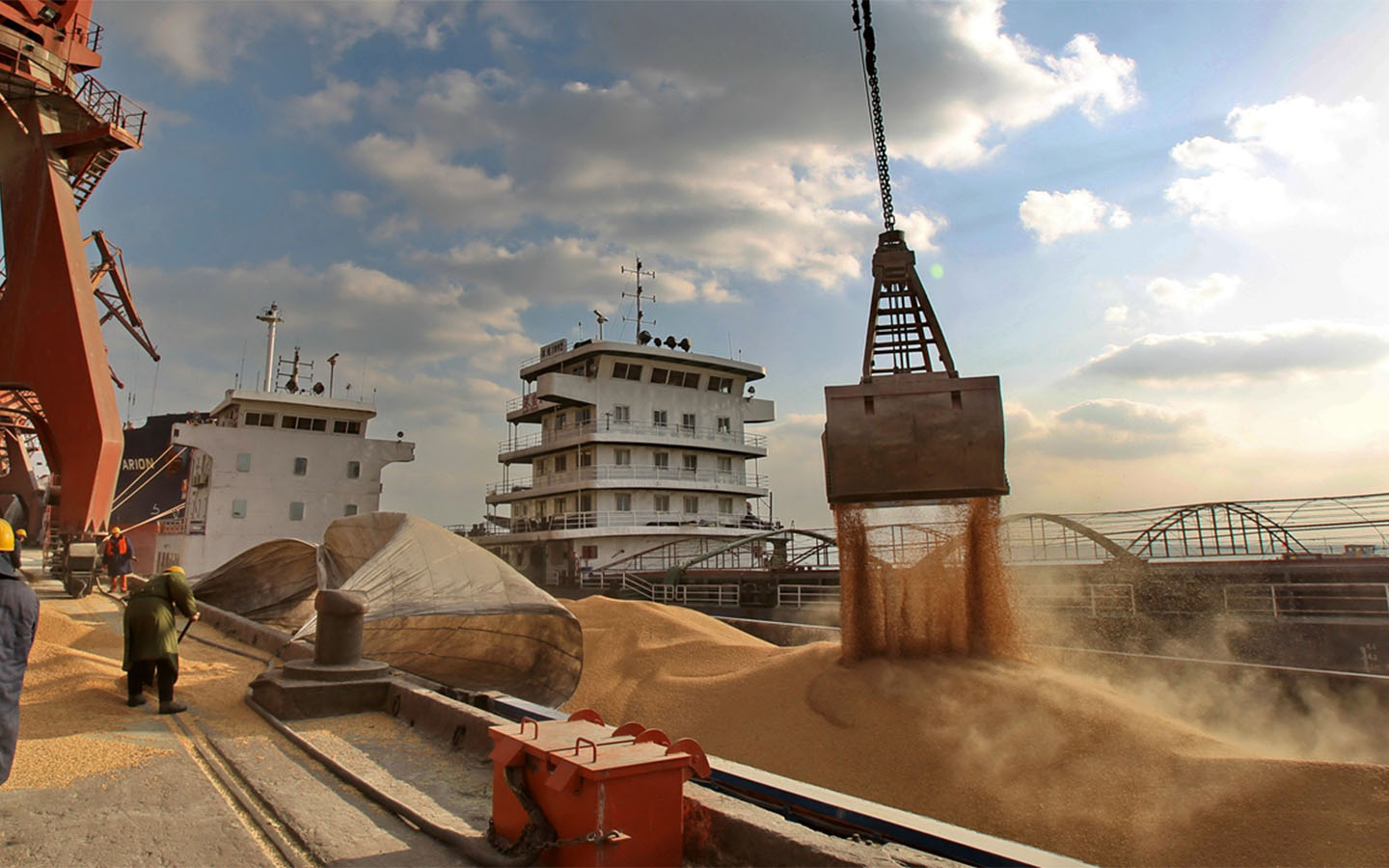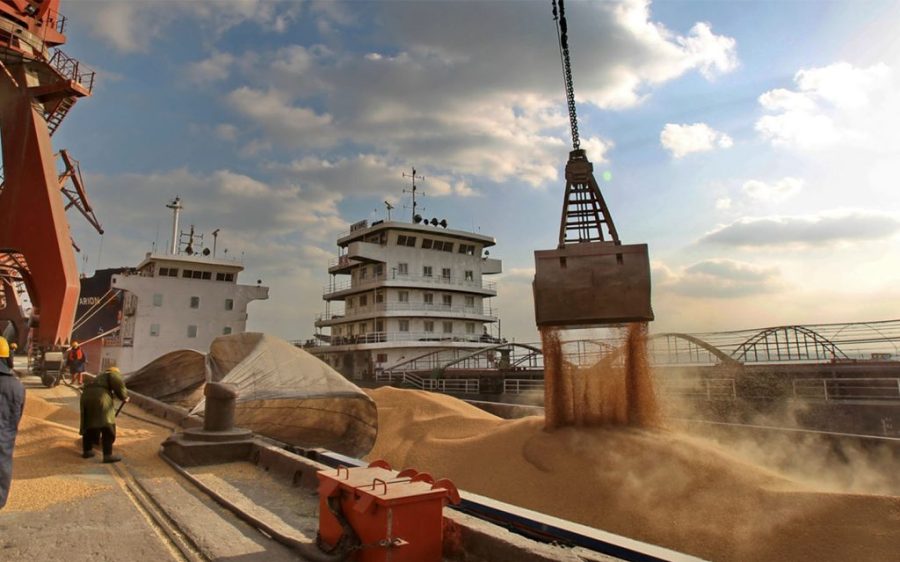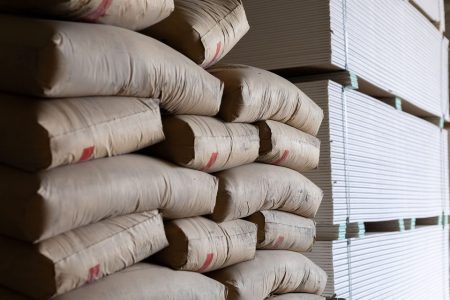Total trade between Brazil and China jumped 33 percent in January to US$12.83 billion, fuelled by a 53.7 percent increase in exports from Brazil to its top trade partner.
Chinese sales to Brazil saw more modest growth of 10.2 percent to US$5.06 billion, giving Brazil a surplus of US$2.71 billion for the month, according to official data. The country expects to see a smaller trade surplus for the full year after the record high of US$51.1 billion in 2023, as falling interest rates will likely boost imports.
The Chinese share of Brazilian exports meanwhile dropped nearly 2 percentage points, from 30.7 to 28.8 percent. China’s share in Brazilian imports increased by a similar amount, up to 24.7 percent from 22.1 percent in December 2023.
[See more: Over-reliance on China holds risks for Brazil’s soybean exporters, analyst warns]
Growth in Brazilian exports was driven largely by a sharp increase in crude oil, up 60.1 percent year-on-year to US$2.8 billion, and a massive 229 percent surge in soybean sales to US$1.01 billion. Cellulose exports also experienced significant growth, up 22.4 percent to US$342 million, while beef exports dropped 12 percent to US$426 million.
Low value-added commodities continue to dominate Brazilian exports to China with just three – crude oil (33 percent), iron ore (24 percent) and soybeans (13 percent) – accounting for 70 percent of the total volume sold. Brazil has been deindustrialising for over two decades, leaning more and more on these types of products in response to demand.
While oil, minerals and agribusiness have been profitable for the country, analysts say such overreliance on commodities leaves Brazil vulnerable to fluctuations in pricing and other factors that may impact trade with China, by far the biggest destination for such products.






